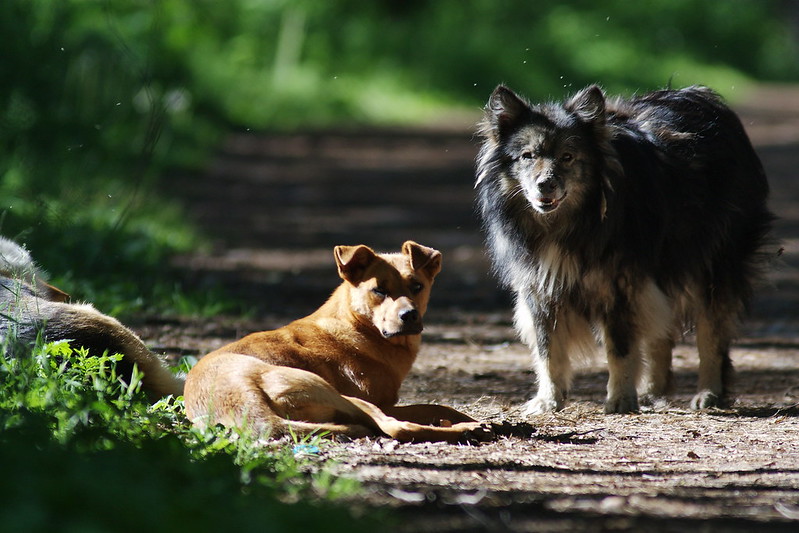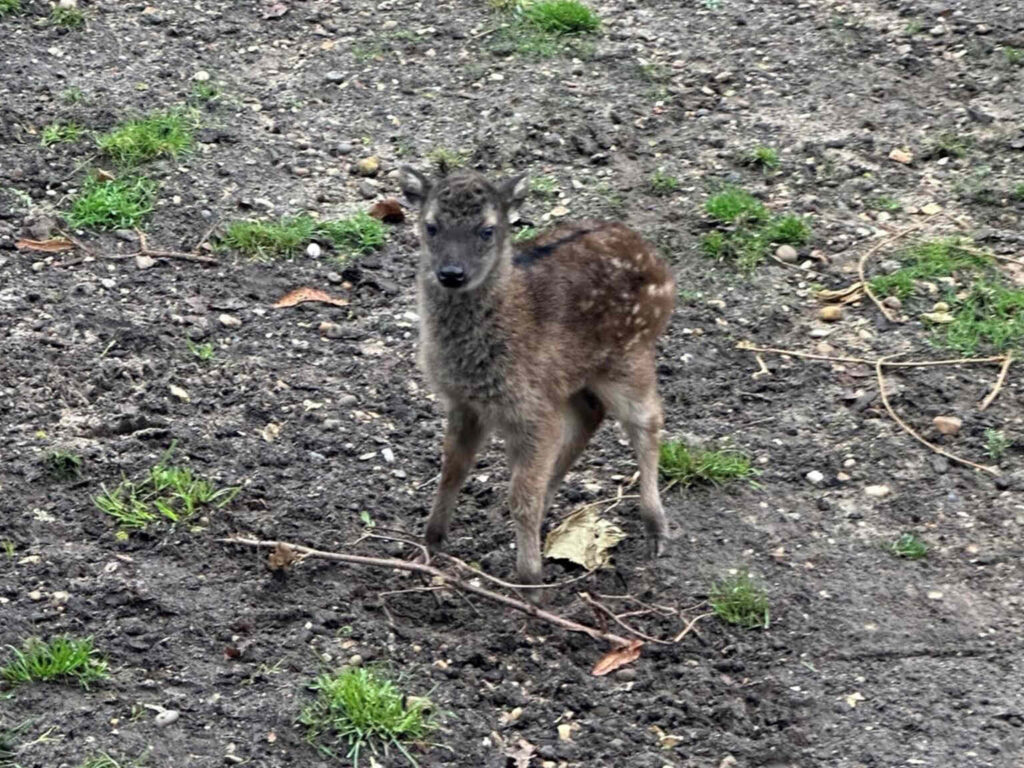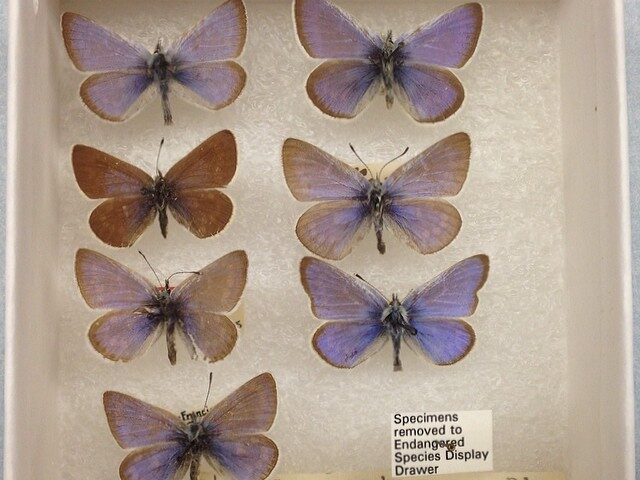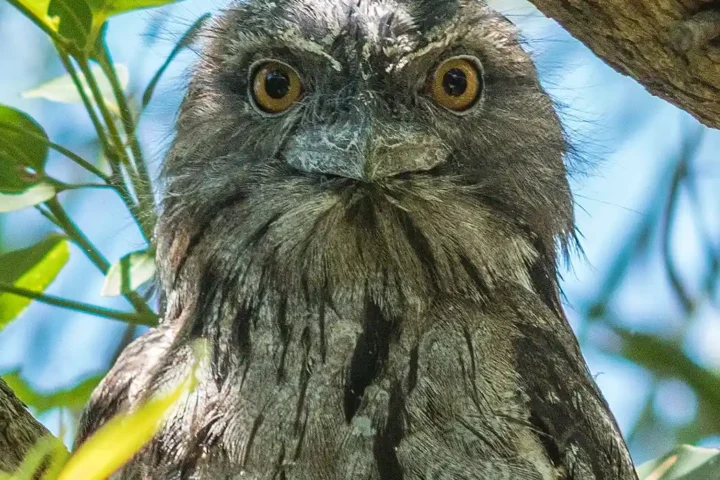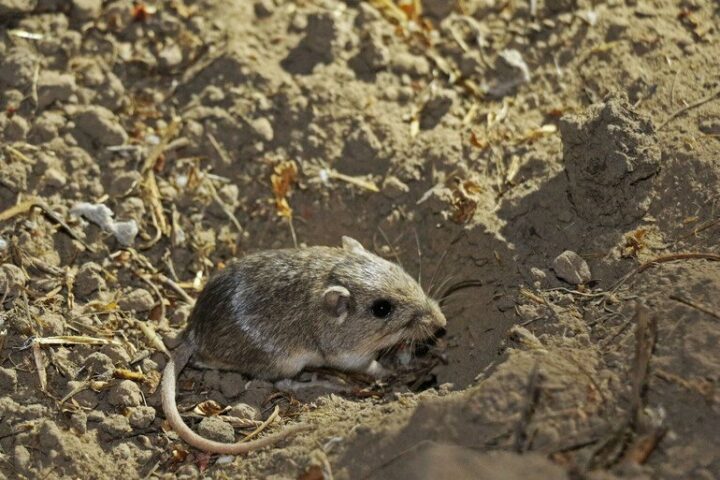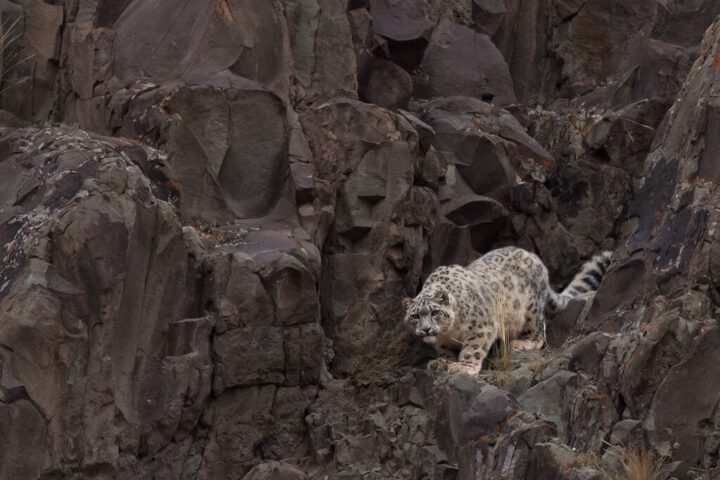Nearly four decades after the Chernobyl nuclear disaster, the region’s feral dogs demonstrate remarkable genetic adaptations to survive in one of Earth’s most radioactive environments. Recent research reveals genetic changes that raise both scientific interest and concerns about long-term effects.
A study by the University of South Carolina and the National Human Genome Research Institute examined DNA from 116 stray dogs in the Chernobyl Exclusion Zone (CEZ). The research identified different genes in dogs living near the decommissioned power plant, compared to those residing just 10 miles away in Chernobyl City.
“We have so much to learn from these animals,” says Elaine Ostrander, a geneticist at the US National Institutes of Health in Bethesda, Maryland, and co-author of the study. “This is a golden opportunity to see what happens when generations of large mammals live in a hostile environment.”
Despite genetic changes, these dogs face severe challenges. Their average lifespan reaches only four years due to harsh winters and scarce food resources. They depend heavily on scraps from power plant workers and visitors for survival.
The 1986 disaster forced residents to abandon their pets during emergency evacuations. These abandoned companions became the ancestors of today’s population. The current dog population carries radiation in their bodies and fur, complicating potential adoption efforts.
The CEZ has become an inadvertent wildlife sanctuary. The area hosts increasing populations of brown bears, bison, lynx, wolves, Przewalski horses, and birds. This flourishing occurs despite continuous radiation exposure, raising questions about long-term genetic consequences across species.
Similar Posts
Norman J. Kleiman from Columbia University studied blood samples from these dogs, suggesting the findings could help in understanding human resilience to radiation.
These findings extend beyond academic interest. Understanding how mammals adapt to high-radiation environments could prove valuable for:
- Managing nuclear disaster responses
- Developing radiation protection strategies
- Advancing cancer treatment methods
- Preparing for long-term space travel
However, the research demands careful interpretation. Inbreeding and other environmental factors might contribute to the observed genetic differences. Organizations working to rehabilitate these dogs must navigate complex decontamination processes before adoption becomes possible.
The Chernobyl dogs represent an ongoing experiment in mammalian adaptation to extreme environments. While their survival demonstrates nature’s resilience, it also serves as a reminder of nuclear technology’s lasting environmental impact.
